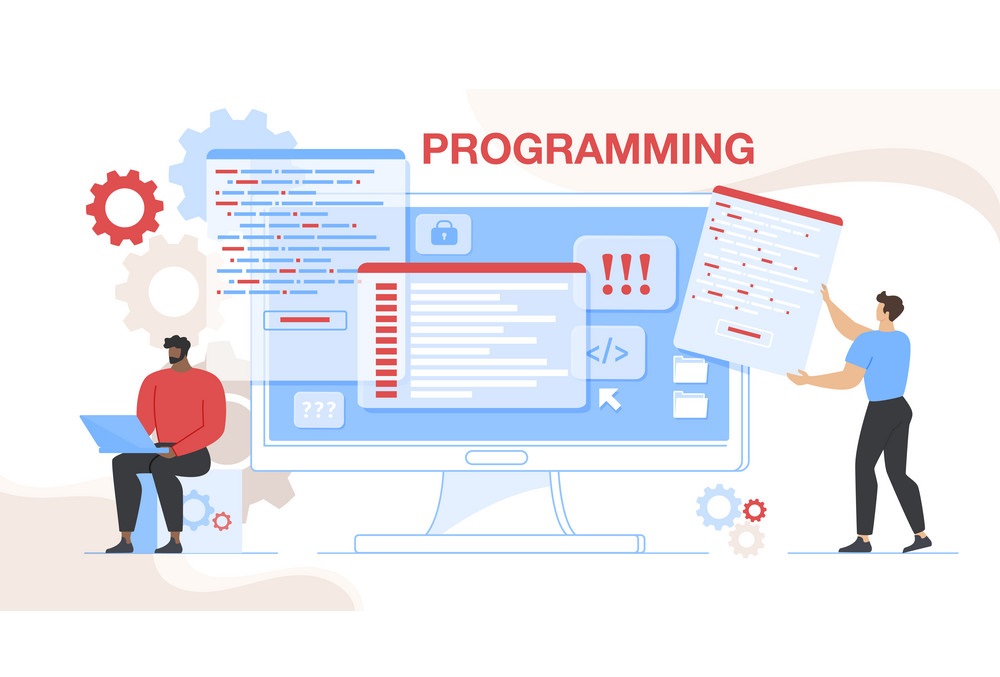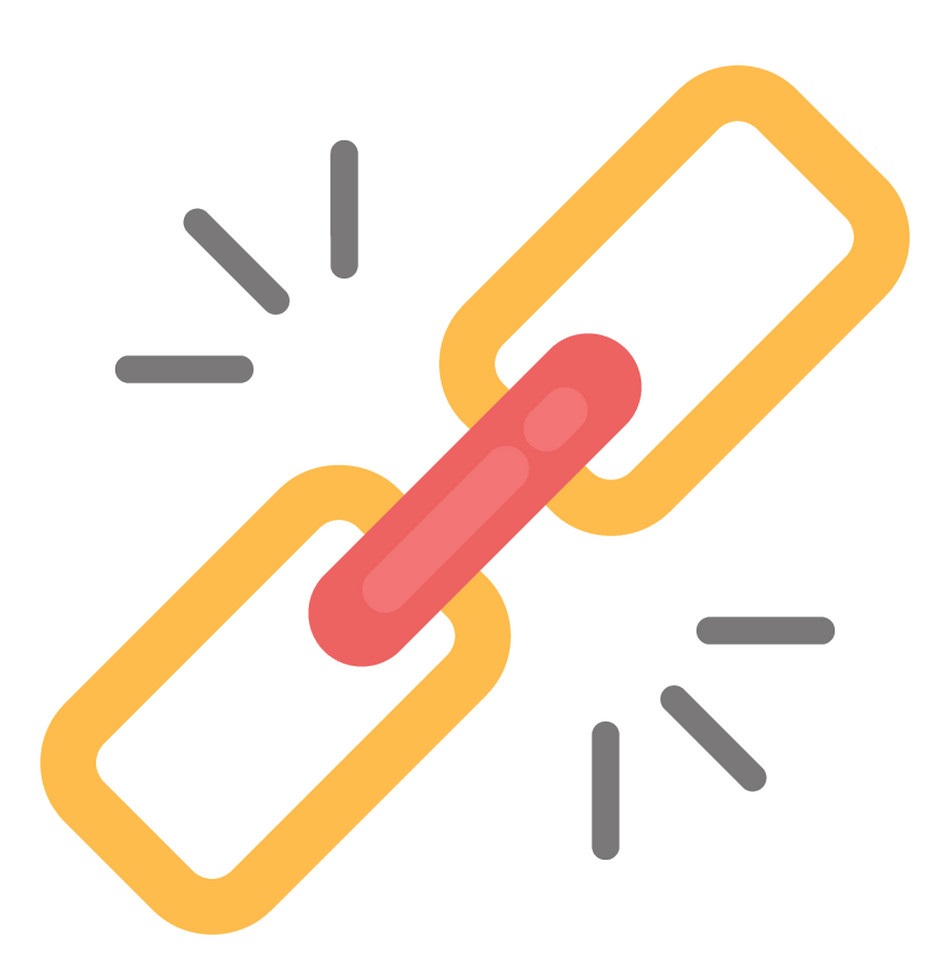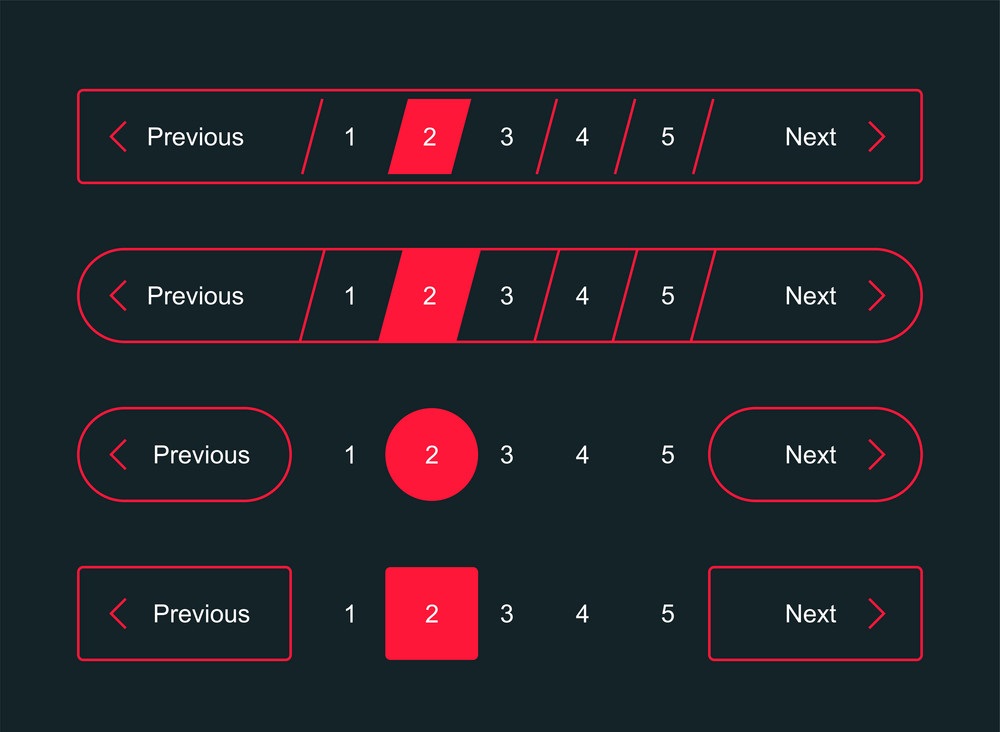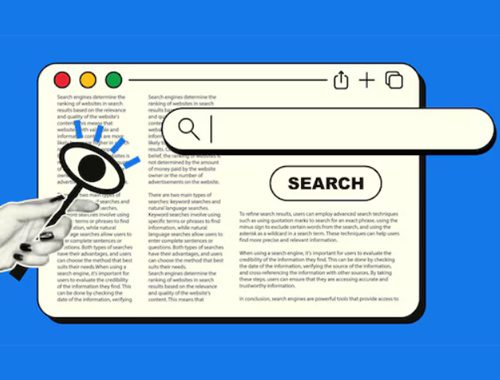SEO for Single page website
Love them or hate them, you can’t beat them. And if you can’t beat them, join them. Yes, we are talking about single page websites. These are popular among businesses willing to target a specific audience and provide great user experience, especially to mobile users. These kinds of the layout are preferred when there is a need to provide only the necessary and relevant information. Examples like Portfolios and event-related websites. These websites have a lot in terms of user experience but they are not considered to be the best option due to the SEO issues. They are not search-friendly as all of its content is on a single page only, and hence, you can’t target more than one main keyword phrase. But, it is better to believe in crossing the bridge when you come to it and so here are a few tips to overcome SEO difficulties.
1. Paginate the site: Forming a number of pages by separating larger content into smaller sections is referred to as pagination. But, as it is a one-page site; paginate can mean dividing content into sections and arranging them in an organized and compelling manner. Properly defined sections will make it easier to navigate and thus making it more legible to visitors. This will help you enhance your ranking on a search engine and get you more visitors. If yours is a landing page, you need to separate content into headings, such as features, benefits, reviews, contact form, etc. Or else if you’re setting up a one-page site for your business, then you can literally compile a traditional site format on a single page by separating the content as per the industry standards, like, home, about, services, contact, products, blog, etc.

3. Organize your Cascading Style Sheet: This may or may not directly affect your SEO. It can be achieved by placing each section of content within DIVs, which won’t have a direct effect but will make your CSS easier to scan. Using CSS id names as anchor links may affect your SEO directly. Your one-page website could appear more usable and easier to index if the navigation bar is placed at the top or on the side of your page.
 4. Link Building: This is an important SEO service provided by any Search Engine Optimization Company. It has the most effect when you have content that has the potential to go viral. Instead of focusing on spam links in random comment sections, try including social media buttons so that the website and its content is easily shareable. Also seek authoritative backlinks through guest blogs, collaborative efforts with influential voices of your industry, and positive reviews of your services simultaneously.
4. Link Building: This is an important SEO service provided by any Search Engine Optimization Company. It has the most effect when you have content that has the potential to go viral. Instead of focusing on spam links in random comment sections, try including social media buttons so that the website and its content is easily shareable. Also seek authoritative backlinks through guest blogs, collaborative efforts with influential voices of your industry, and positive reviews of your services simultaneously.
5. Quality Content: It is crucial that you offer content that is readable and extraordinary with a blend of uniqueness. A content that is not-so readable or a question mark on the relevancy of the content is definitely going to ruin the rank of your site. So it is advisable, not to neglect the quality and readability of your content. For a high ranking on a search engine, you need to regularly refresh the content and keep it updated. This includes switching out older product reviews by users with newer ones.



